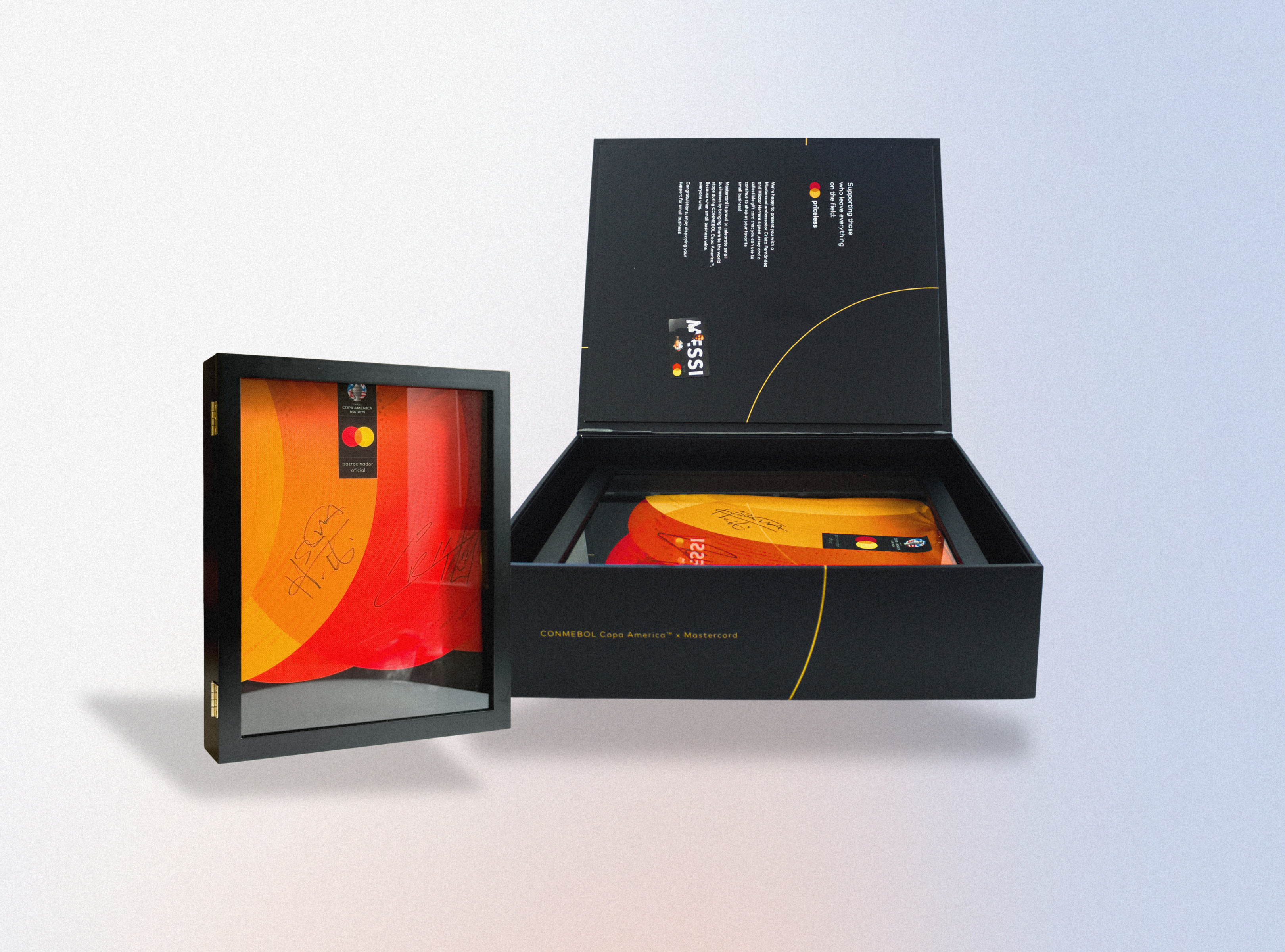In the ever-evolving landscape of construction and fabrication, the integration of advanced 3D software has revolutionized approval workflows, ushering in unprecedented efficiency and collaboration. From custom builds to intricate architectural designs, the use of real-time 3D modeling technology has become instrumental in facilitating seamless communication and streamlining approval processes.
Real-Time Collaboration
One of the primary advantages of leveraging 3D software in construction and fabrication projects lies in its ability to enable real-time collaboration among project stakeholders. Unlike traditional methods such as shop drawings or flat photographs, 3D modeling technology allows for dynamic visualization of designs, providing clients and team members with the opportunity to interact with the models in a more intuitive manner. Through live-editing sessions, design iterations can be quickly reviewed and approved, ensuring that the project stays on track and meets the client's expectations.
Faster Decision-Making
Furthermore, the interactive nature of 3D software empowers clients to gain a deeper understanding of the proposed designs. By allowing them to rotate, dolly, and zoom around the models, clients can explore every aspect of the project from various angles, leading to greater clarity and informed decision-making. This level of engagement not only enhances the client's experience but also accelerates approval times, driving the project forward with greater efficiency.
Clearer Communication
Moreover, 3D software facilitates enhanced communication and coordination among geographically dispersed teams. With the ability to share and collaborate on digital models in real-time, project stakeholders can overcome the challenges of coordinating an international team. Whether it's architects, engineers, or fabricators, everyone involved in the project can contribute their insights and feedback, leading to a more cohesive and well-executed final product.
Improved Accuracy
In addition to improving communication and collaboration, 3D software enhances accuracy and precision in construction and fabrication projects. By creating digital models that accurately represent the intended design, potential errors, and conflicts can be identified and addressed early in the process, minimizing costly rework and delays. This proactive approach to problem-solving saves time and resources and ensures that the final product meets the highest standards of quality and craftsmanship.
Conclusion
The integration of 3D software has transformed construction and fabrication approval workflows, offering a more efficient, collaborative, and accurate approach to project management. 3D software has become an indispensable tool in bringing custom builds and architectural designs to life by providing real-time visualization, facilitating interactive communication, and enabling seamless coordination among project stakeholders. As technology continues to evolve, the role of 3D software in construction and fabrication will only continue to grow, driving innovation and excellence in the industry.





